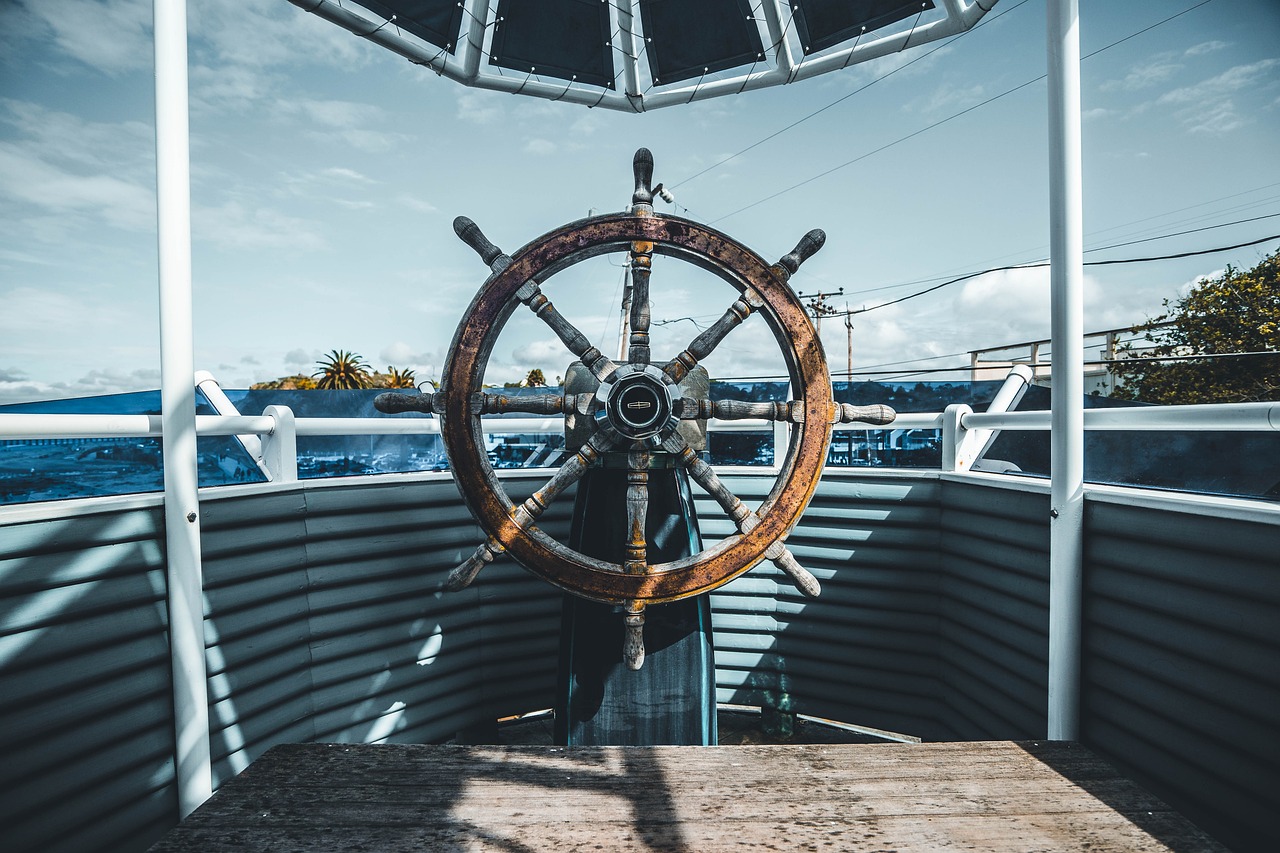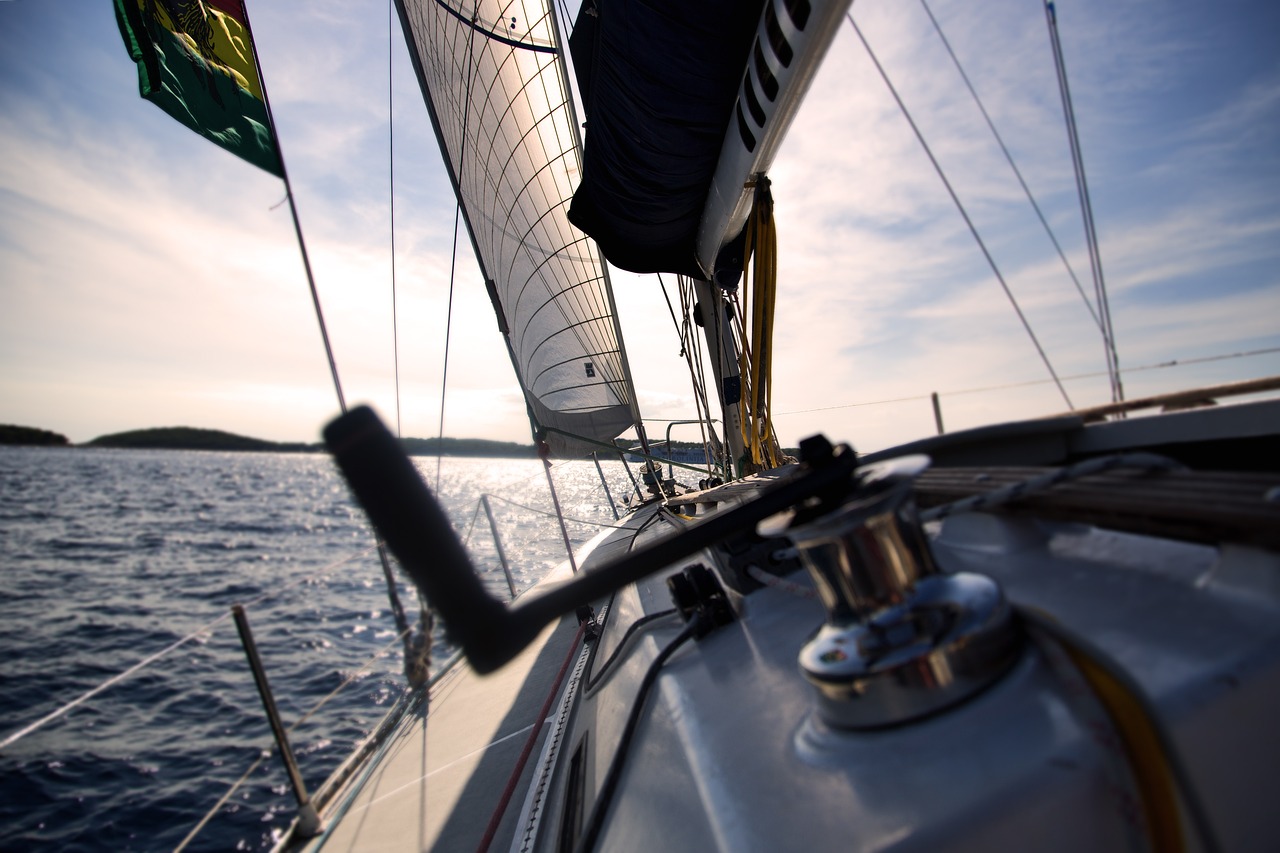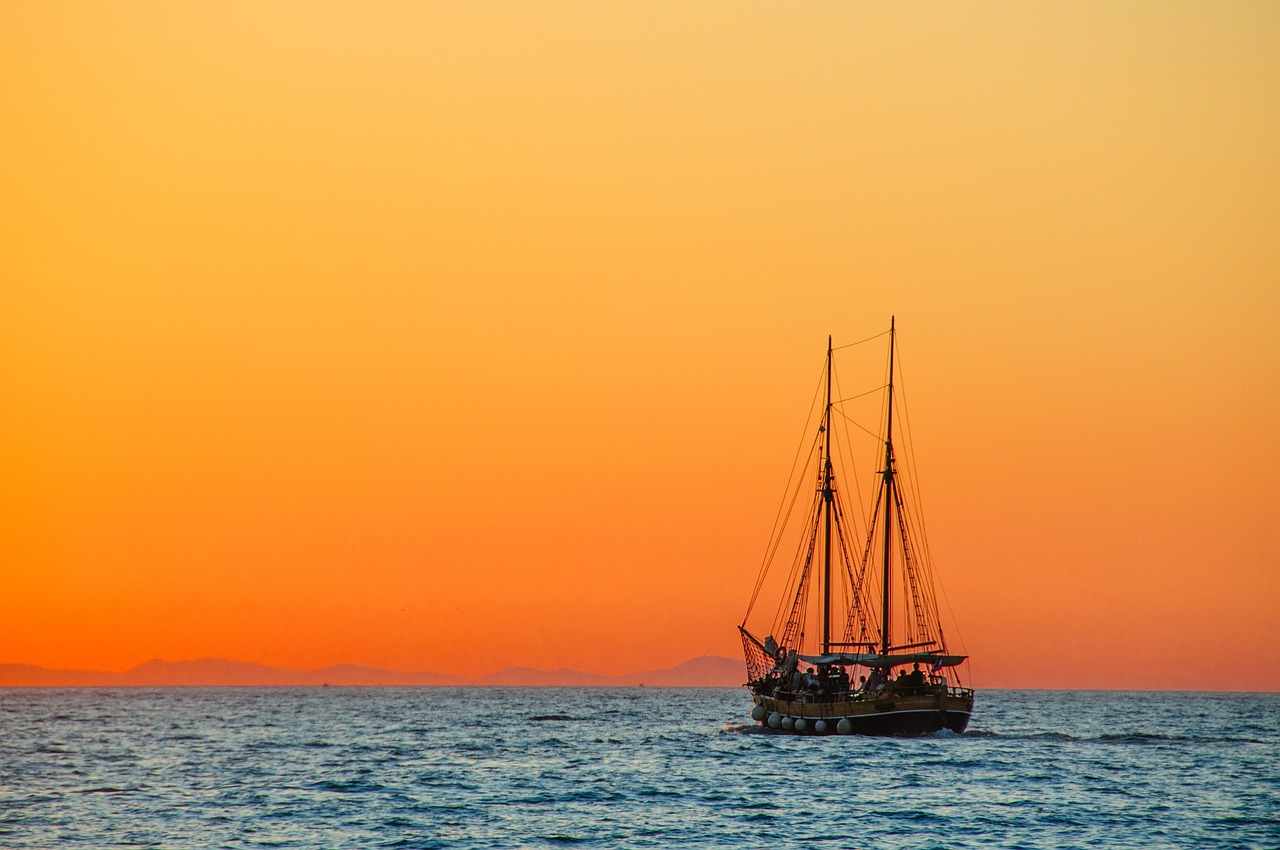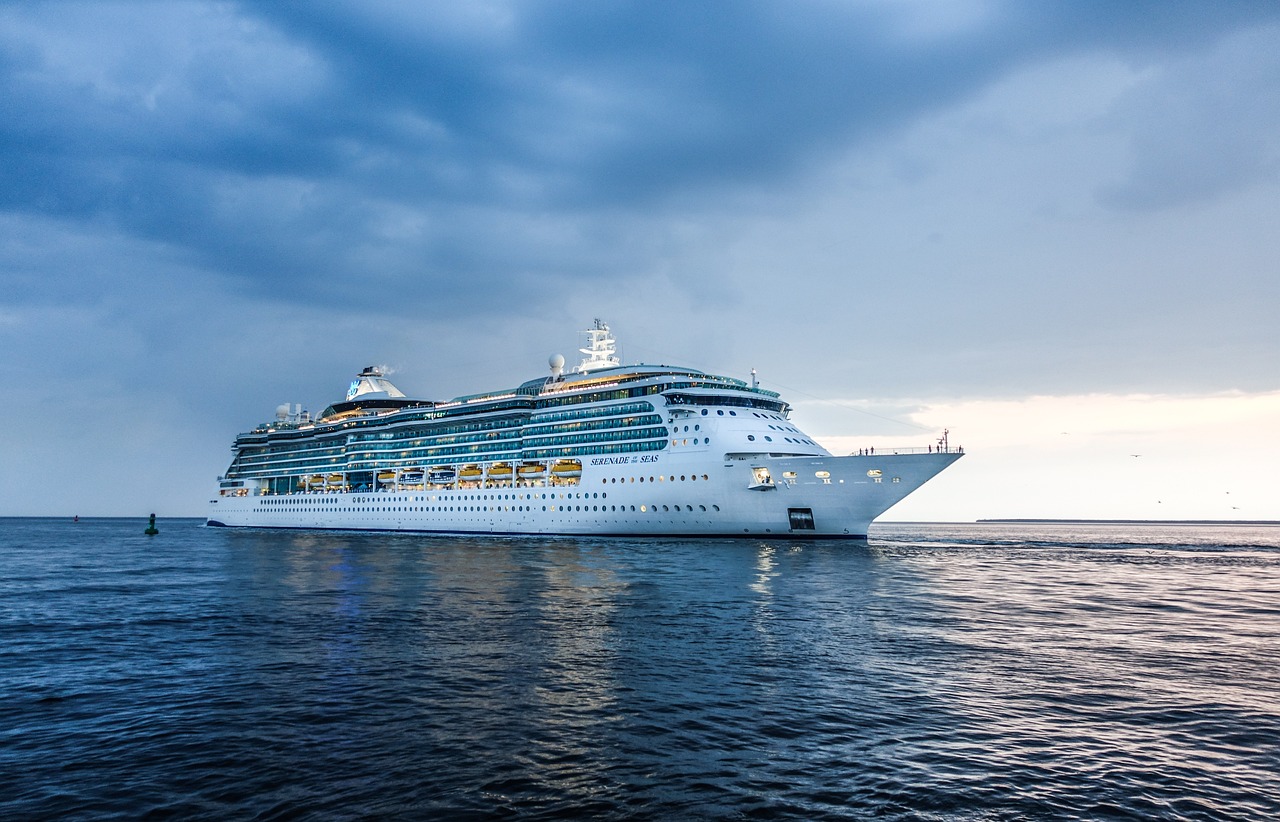“Osmotic Blistering” .The term osmosis is used to describe the biological process where by a liquid (usually water) will pass through a semi permeable membrane. The membrane is permeable to the water molecules but not the various compounds dissolved within the water. The overall flow of the water molecules will be from the solution of lowest concentration towards the solution of higher concentration.
A FRP (Fibre reinforced plastic) boat hull is a matrix of (typically) polyester resin reinforced with glass fibres, built up in layers. The final laminate will have an approximate ratio of 30% glass to 70% resin. This laminate is not homogeneous, that is even within a well built GRP hull there will be small microscopic voids, air pockets and microcracks within the resin matrix and at the interface between the resin and the glass fibres.??Water can diffuse into, and through the gel coat and the laminate as water molecules, not a liquid. Water may pass slowly through a GRP hull in this way and disperse in the bilges as water vapour. ?As stated there are various small voids within the laminate. The water molecules can collect and condense within these. Within the laminate and the micro-voids are various water soluble components. These are solvents and unreacted constituents inherent from the manufacturing process.
The water within the micro-voids is able to dissolve and chemically react with these components. This process is known as “hydrolysis”. “Hydrolysis” will continue with the voids enlarging, a dissolved solution is formed, the main ingredients being, acetic and hydrochloric acid and glycol. These products give “osmotic fluid” its characteristic vinegary small and greasy texture.??The glycol in particular is “hydroscopic” (water absorbing). Once this is released in the voids it will accelerate the rate of water absorption into the laminate. This process will now continue and will not be reversed by simply taking the boat out of the water. Moisture content will drop slowly if left ashore but will rise again fairly rapidly when immersed again.
As this process continues, the concentration within the voids will become greater than the concentration of the water the vessel is floating in (sea water). At this point the “osmotic” process occurs and more water is drawn in.?The interface between the glass fibres and the resin binder used on the glass fibres (particularly emulsion bound mats ) are water soluble. This can allow water to pass along the fibre bundles, producing some swelling at the fibre ends and the characteristic “wicking” or “fibre aligned blisters. As this continues the voids are increased in size by “Hydrolysis” and the pressure within is increased by “Osmosis”. At some point the pressure may become too high for the surrounding material to support and a blister is formed.?As this process continues, moisture continues to be absorbed, the laminate break down accelerates and more blisters are formed. In time some larger blisters may develop within the laminate as well as those more commonly occurring between the gel coat and laminate. Eventually at this stage, treatment will be required.
Diagnosis of the “osmotic” condition and the decision as to what level of treatment if any is required and when, is made by considering a number of factors.??The hull gel coat surface is visually examined for signs of blisters or wicking.??Sample blisters may be opened and the liquid content examined and tested.??The moisture content of the hull is measured using a moisture meter.?From these and other tests we are able to recommend a suitable repair shedule.





